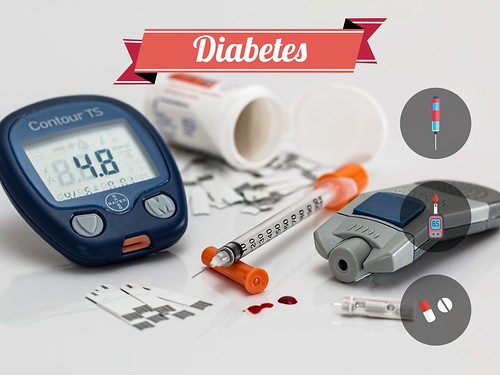
By: Free Images
Hypoglycemia
In present day there are many people being diagnosed with diabetes or are unable to keep it under control, especially type I or uncontrolled type II diabetics, this is when insulin is introduced to their daily medication regimen. With the use of insulin the body attempts to learn how to maintain your blood sugar within 70-140. Although with insulin therapy hypoglycemia can occur as a side effect. Hypoglycemia in diabetics is defined as a blood sugar <70 with or without symptoms, which can expose someone to harm (Brackney, 2018). To prevent this from occurring, monitoring blood sugar levels is crucial, knowing and recognizing signs or symptoms, as well as knowing what to do in the case that this does occur.
Signs and Symptoms
- Palpitations
- Sweating
- Anxiety
- Hunger
- Nausea
- Tingling
- Trembling
- Difficulty concentrating
- Headache
- Dizziness
- Vision change
- Weakness
- Drowsiness
Severe symptoms (Usually with a blood sugar <40)
- Coma
- Confusion
- Seizures
(Leung, 2018).
Treatment
The treatment or intervention is based on the person’s condition; whether they are alert, able to swallow, unconscious and what setting they are in. In this blog, it is based off a home setting.
It is important to carry a carbohydrate at all times. In the case that this does occur a carbohydrate or a drink with sugar should be ingested and re-check your blood sugar in 15 min and continue to do this until your blood sugar is above 70. It is also recommended to carry glucagon, which a family member can administer intramuscularly in case of an emergency, and if the patient is unconscious. Not merely is education important for the person with diabetes, but also for ones family members.
Mild Hypoglycemia
- Three to four glucose tablets;
- 4 to 6 oz fruit juice or regular soft drink;
- 6 oz regular soda (not sugar-free);
- 8 oz (1 cup) sports drink (not sugar-free);
- 1 T sugar or five small sugar cubes; or
- 1 T syrup or honey.
(Weiner, 2017).
Severe symptoms of hypoglycemia
- Family members can call 911
- Glucagon intramuscularly
A video is provided below about how to treat hypoglycemia
Prevention
- Frequent blood sugar monitoring
- Exercise/diet
- Follow the instructions given by your primary care physician or endocrinologist
- Carry a carbohydrate snack or orange juice
- Carry glucagon incase of an emergency
- Administer insulin as prescribed
References
Brackney, D. E. (2018). Hypoglycemia: An unwelcome companion to effective diabetes management. American Nurse Today, 13(8), 6–13. Retrieved from http://library.neit.edu:2084/login.aspx?direct=true&db=ccm&AN=131145487&site=ehost-live
Leung, E. (2018). New and Not so New Information on Hypoglycemia and Prevention Strategies. OOHNA Journal, 37(1), 20–22. Retrieved from http://library.neit.edu:2084/login.aspx?direct=true&db=ccm&AN=132938311&site=ehost-live
Weiner, S. (2017). Hypoglycemia Prevention and Management. Today’s Dietitian, 19(7), 36–39. Retrieved from http://library.neit.edu:2084/login.aspx?direct=true&db=ccm&AN=124137905&site=ehost-live
